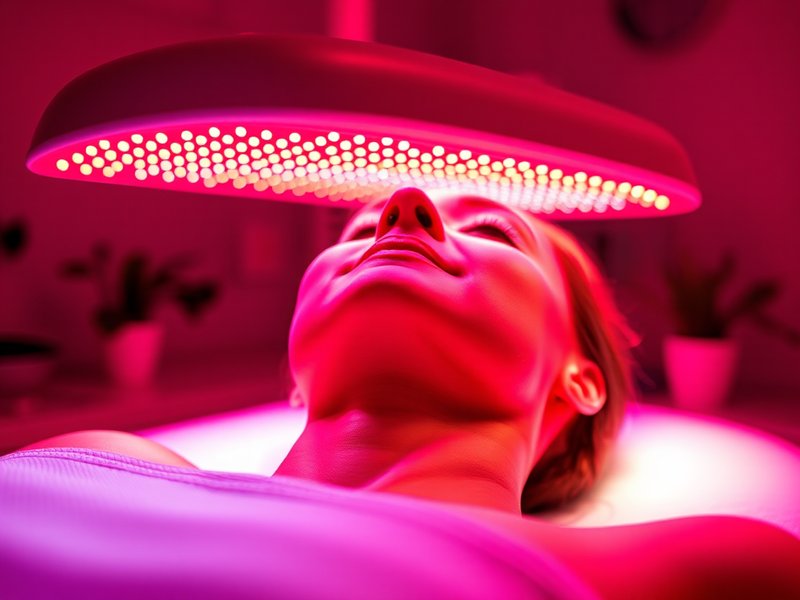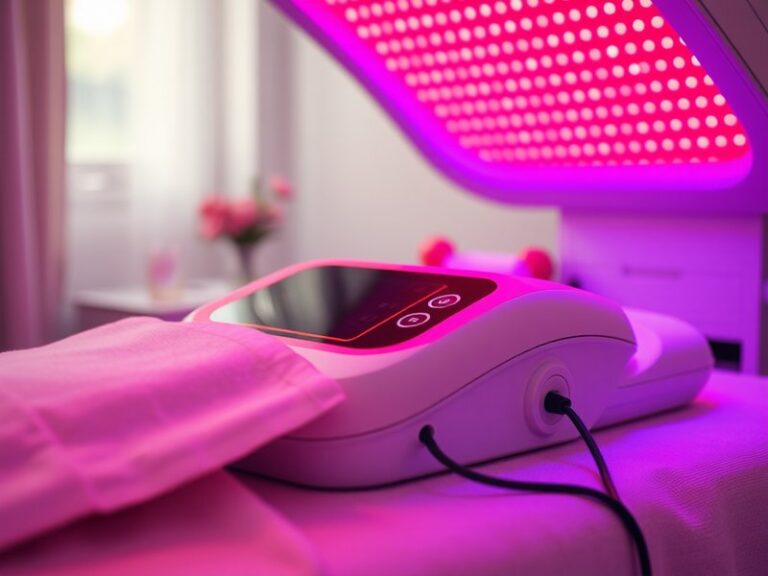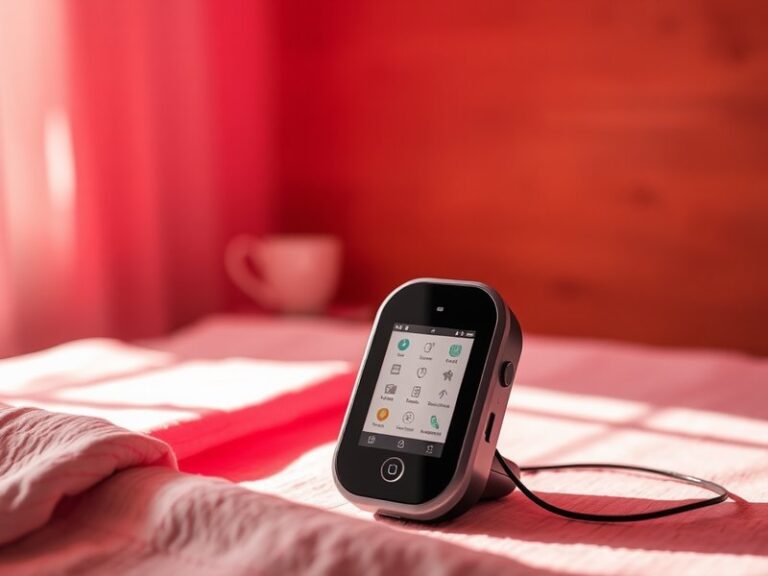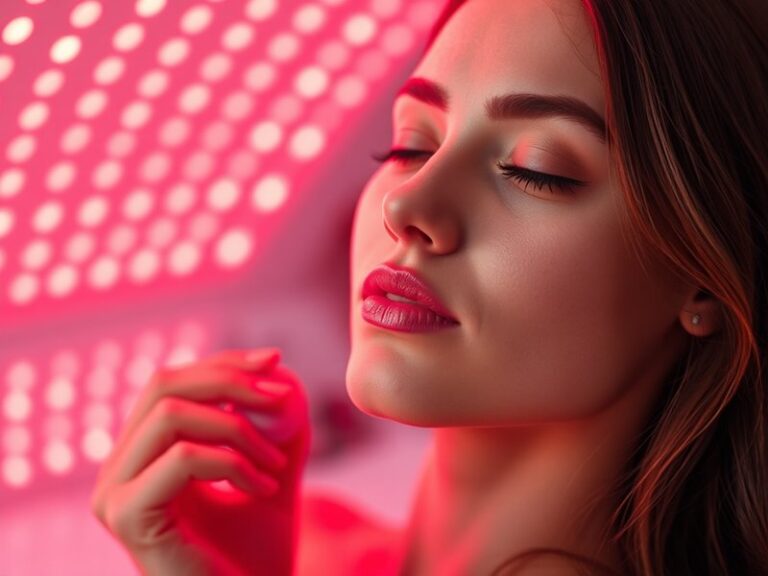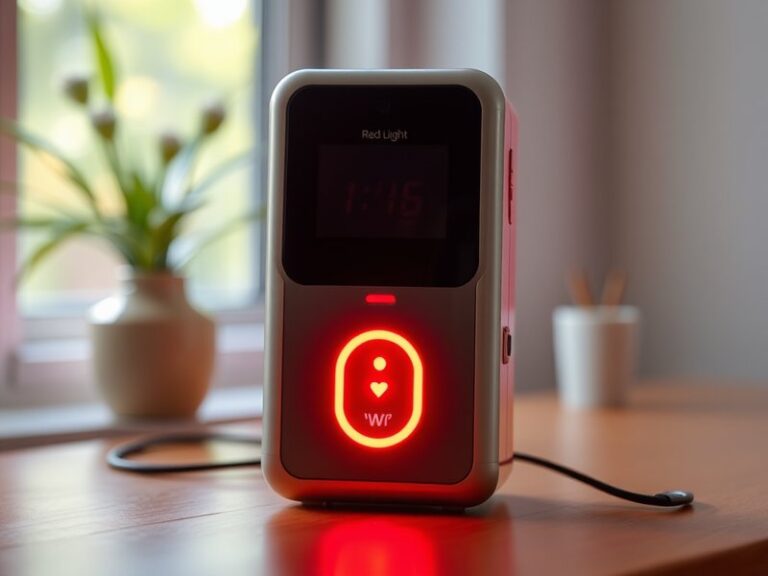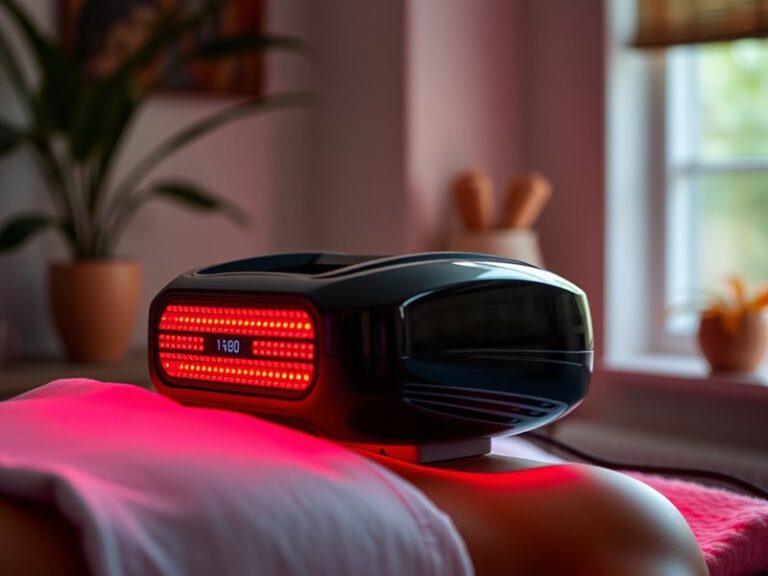How Many Times Should You Do Red Light Therapy?
How Many Times Should You Do Red Light Therapy?
How frequently should you integrate red light therapy into your wellness routine for optimal results?
For more, see Duration of Red Light Therapy?
In this article, we’ll explore the recommended frequency of red light therapy sessions, the benefits of this treatment, and important considerations before starting. Whether you’re seeking pain relief, skin rejuvenation, or enhanced athletic performance, understanding the right frequency can help you maximize your results from this innovative therapy.
Key Takeaways
- Consistency is key: Regular sessions enhance the therapeutic effects of red light therapy.
- Individual responses may vary: Factors like health conditions and desired outcomes can influence frequency.
- Safety is paramount: Always consult with a healthcare provider before starting any new therapy.
What is Red Light Therapy?
Red light therapy (RLT) is a non-invasive treatment that involves exposure to low levels of red and near-infrared light. This therapy is designed to stimulate cellular repair and promote healing, making it a popular choice for various applications, including:
- Skin health: RLT can enhance collagen production and improve skin tone.
- Pain relief: It can reduce inflammation and alleviate chronic pain conditions.
- Muscle recovery: Athletes use RLT to accelerate recovery after workouts and injuries.
The therapy works by penetrating the skin and stimulating mitochondria, the powerhouse of the cell, which leads to increased energy production and cellular regeneration.
What are the Benefits of Red Light Therapy?
Red light therapy offers numerous benefits that can enhance your overall health and wellness. Here, we dive into some key advantages.
Skin Rejuvenation
Red light therapy is well-known for its ability to reduce wrinkles, improve skin elasticity, and promote healing of acne scars. Research shows that consistent use can lead to noticeable improvements in skin texture and elasticity.
Pain Management
For those suffering from chronic pain conditions like arthritis or fibromyalgia, RLT can significantly reduce pain and inflammation. Studies have shown it to be effective in decreasing pain scores in patients after targeted treatment.
Enhanced Athletic Performance
Athletes have found that red light therapy helps reduce muscle fatigue and aids recovery processes. By improving blood flow and reducing oxidative stress, RLT can help athletes recover faster between workouts.
Mood Improvement
There is emerging evidence suggesting that red light therapy might boost mood and alleviate symptoms of depression and anxiety. By promoting better sleep and reducing inflammatory markers, RLT can contribute positively to mental health.
Is it Possible to Overdo Red Light Therapy?
While red light therapy is considered safe, it is possible to overdo it. Too much exposure may lead to skin irritation or fatigue. Understanding how much therapy your body can handle is crucial.
What are the Advantages of Moderation?
Finding the right balance can amplify results without adverse effects. Appropriate intervals allow the body to adapt and recover, optimizing the benefits of therapy.
For further reading How Long for Red Light Therapy?
What are the Disadvantages of Excessive Use?
Overexposure may cause discomfort, such as soreness, and can hinder your healing process instead of helping it. It’s essential to adhere to recommended guidelines for frequency.
What are the Things to Consider Before Starting Red Light Therapy?
Before beginning red light therapy, there are several important factors to take into account.
Personal Health Conditions
Consult with a healthcare provider to discuss any underlying health conditions, as some may require tailored treatment plans.
Desired Outcomes
Define your goals—whether it’s skin rejuvenation, pain relief, or enhanced recovery—as this will inform how often you should undergo therapy.
Device Quality
Ensure the device you’re using is of high quality and emits the correct wavelengths for effective treatment. Seeking professional-grade devices can make a significant difference in the results.
What are the Alternatives to Red Light Therapy?
If red light therapy isn’t suitable for you or if you’re looking for different approaches, there are several alternatives to consider.
Cold Laser Therapy
Cold laser therapy employs low-level lasers to stimulate healing and reduce pain. It operates similarly to RLT and can be effective for many patients with chronic pain.
Infrared Saunas
Infrared saunas use heat and light to promote detoxification and relaxation. They can support recovery and skin health and offer a more immersive experience.
Microdermabrasion
A popular skincare treatment, microdermabrasion exfoliates the skin, promoting cellular turnover and improving appearance without the need for light therapy.
Conclusion: Is it Recommended to Use Red Light Therapy?
In summary, red light therapy can offer remarkable benefits for skin rejuvenation, pain relief, and athletic performance. However, it’s essential to find the right frequency based on individual goals and body responses. Consulting with a healthcare professional will help tailor your approach for maximum effectiveness while considering any potential risks.
Frequently Asked Questions
How often should I do red light therapy?
The optimal frequency generally ranges between 3 to 5 times per week, but this can vary based on individual needs and treatment goals.
Are there any side effects?
Most people experience minimal side effects, such as temporary redness or mild discomfort. However, excessive exposure can lead to irritation.
Can I do red light therapy at home?
Yes, at-home devices are available, but ensure they are high-quality and designed for effective treatment.
How long do the sessions last?
Most sessions last between 10 to 20 minutes, but it’s essential to follow manufacturer guidelines for specific devices.
Is red light therapy safe for everyone?
While generally safe, those with certain medical conditions or sensitivities should consult with a healthcare provider before starting therapy.
